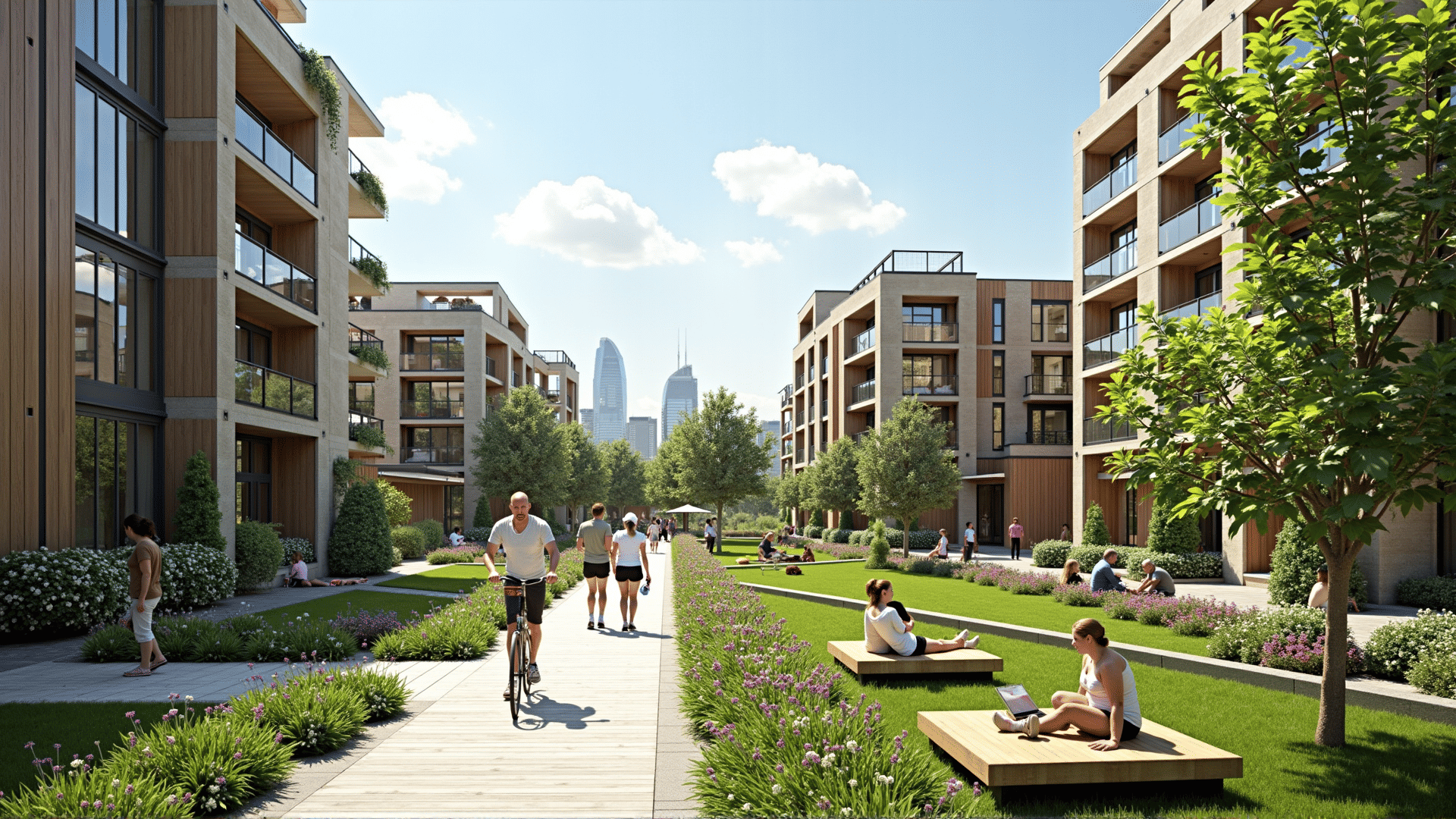In an era where environmental consciousness is becoming increasingly vital, the concept of sustainable residential complexes is setting a new standard in the housing industry. These innovative developments seamlessly integrate luxury with eco-friendly practices, creating an ideal living environment that prioritizes both comfort and sustainability.
Sustainable residential complexes begin with thoughtful design and planning. The architecture is often inspired by nature, utilizing natural materials and maximizing green spaces. Structures are designed to enhance natural light and air circulation, significantly reducing the need for artificial lighting and climate control. Roof gardens and vertical forests not only add to aesthetic appeal but also contribute to biodiversity, promoting a harmonious relationship with nature.
Energy efficiency is a cornerstone of these complexes. Solar panels and wind turbines are commonly integrated to harness renewable energy sources, ensuring a significant reduction in dependence on fossil fuels. Smart home technologies further optimize energy usage, allowing residents to monitor and manage their consumption with ease. Efficient insulation and double-glazed windows help maintain a comfortable indoor climate, minimizing the need for heating or cooling systems.
Water conservation is another critical aspect. Innovations such as rainwater harvesting systems and greywater recycling ensure that water is used judiciously. Landscapes are designed with native and drought-resistant plants, reducing irrigation needs and preserving precious water resources.
One of the standout features of sustainable residential complexes is their commitment to reducing carbon footprints. Electric vehicle charging stations, bike-sharing programs, and excellent public transport connectivity encourage residents to opt for greener modes of transport. Community carpooling initiatives foster a sense of shared responsibility towards the environment.
Healthy living is also a primary focus. The air quality in these complexes is often superior due to extensive greenery and air-purifying plants. Residents are encouraged to embrace a holistic lifestyle, with amenities such as fitness centers, organic gardens, and recreational spaces promoting physical and mental well-being.
Sustainable residential complexes also engage the community in eco-friendly practices. Recycling programs, composting facilities, and workshops on sustainable living raise awareness and foster community involvement. Shared spaces like community kitchens and coworking areas encourage interaction, creating a sense of belonging and cooperation among residents.
While the initial investment in sustainable technologies and practices may be higher, the long-term benefits are substantial. Reduced utility bills, lower maintenance costs, and an increased property value make these complexes a wise investment. Moreover, as global regulations continue to favor eco-friendly developments, these complexes are well-positioned to meet future standards.
In conclusion, sustainable residential complexes are more than just a trend; they represent a fundamental shift towards conscientious living. By offering a harmonious blend of luxury and sustainability, they not only provide a richer quality of life but also ensure that our future generations inherit a healthier planet. These developments are paving the way to a brighter, greener future, one that balances modern living with ecological responsibility.
